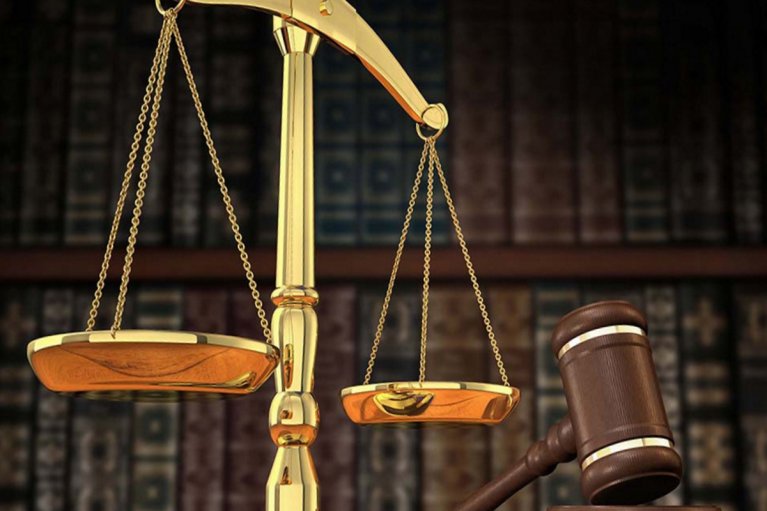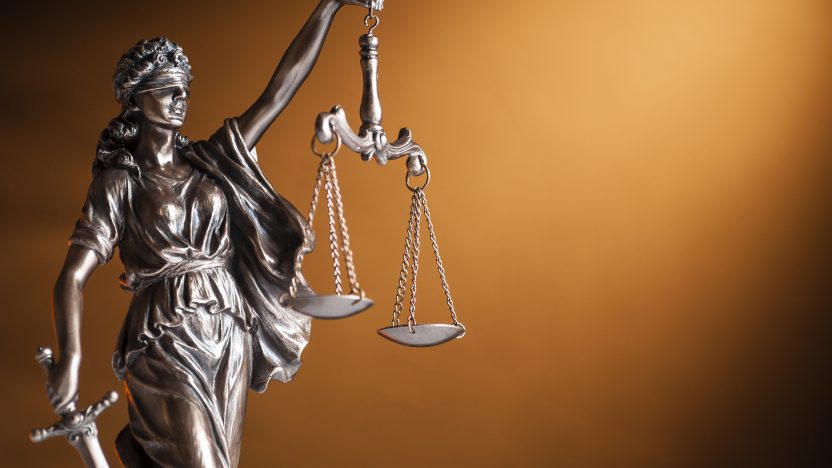Federal courts
The federal judiciary has three levels. At the lower level are federal district and specialized courts. At the second level are the federal courts of appeals.
The highest court of appeal is the US Supreme Court. Unlike the courts of appeal, it accepts cases at its own discretion. Of the many thousands of cases that are brought to the Supreme Court, only about a hundred of the most important cases are accepted.
Courts within the judiciary
The Supreme Court is the highest court.
Usually considers cases on appeal, but on a very limited list of cases defined by the Constitution, it acts as a court of first instance.
Courts of Appeal
11 courts of appeal hear appeals against decisions of federal district courts.
Court of Appeals for the Federal Circuit
The Court of Appeals for the Federal District hears appeals against decisions of the specialized courts. Geographically, the jurisdiction of the court extends to the entire territory of the United States. Created in 1982. Located in Washington DC. Abbreviation Fed. Cir. or C.A.F.C.

District courts
The federal district courts are a system of courts within the federal judiciary. They are courts of first instance authorized to hear cases of limited jurisdiction in civil and criminal cases.
The whole country is divided into 94 judicial districts, divided into 11 territorial districts. Each federal district court has an associated United States Bankruptcy Courts.
Bankruptcy Courts
94 insolvency (bankruptcy) courts – one in each federal judicial district
- Federal Court of International Trade
- Federal Claims Court
- The Federal Claims Court hears property claims against the federal government. Article 1 Court, created by an act of Congress in 1982 as the United States Claims Court. Renamed Federal Claims Court in 1992. Located in Washington DC in the same building as the Fed. Court of Appeals for the Federal Circuit – Howard T. Markey
- National Courts Building. Abbreviation Fed. Cl. or C.O.F.C.
Bodies outside the judiciary
- Military courts
- Court of Veterans Appeals
A federal court with the power to review decisions of the Department of Veterans Affairs. Article 1 Court, established by act of Congress in 1988.
United States tax court
The US Tax Courthears disputes relating to the payment of federal income tax. It is possible to challenge the tax both in the Federal District Court and in the Federal Court of Claims, but only in the order of compensation, while a claim can be filed in the tax court before the payment of the disputed tax.
Court of the first article, established by act of Congress. Located in Washington DC.
A federal judge is a position in the judicial systems of various countries, in particular, in Brazil, the United States and Canada.
The term applies to those judges who are appointed by the federal government, as opposed to judges who are appointed or elected at a lower level: state, province, local government.
The federal courts of the United States are the courts that are solely responsible for adjudicating maritime, patent and copyright disputes, bankruptcy cases, international treaty and commerce matters, and interstate disputes.
They are also authorized to decide cases relating to federal laws and violations of the fundamental law of the state of the United States.
The federal courts
The federal courts of the United States are the courts that are created by the US government to resolve disputes concerning the federal fundamental law of the country and the laws passed by Congress, called statutes.
The federal courts of the United States are the federal courts of the United States.

Federal courts in the United States exist in parallel with state court systems. These include specialized and general federal courts, courts of appeal, and the Supreme Court.
The jurisdiction of the federal courts includes disputes on issues regulated by federal laws, the fundamental law of the country of the United States. There is a range of issues related to the exclusive competence of the states.
Disputes over such matters cannot be heard in federal courts.
The federal court system, which includes three levels. At the lower level are federal district and specialized courts. At the second level are the Federal Courts of Appeal. The highest court of appeal is the US Supreme Court.
Unlike the courts of appeal, it accepts cases at its own discretion. Of the many thousands of cases that are brought to the Supreme Court, only about a hundred of the most important cases are accepted.
Handles federal criminal cases and civil lawsuits against federal authorities and disputes arising from the application of federal laws or between citizens living in two different countries, if the amount of the claim exceeds $10,000.
On a number of issues, the competence of federal and state courts coincides both in criminal and civil cases, which has given rise to very complex rules for delimiting their functions.
In certain situations, prosecutors and civil plaintiffs are given the choice between going to a state court or a federal court, and in some very rare cases, going to a federal court with a complaint in a case heard in a state court, but only if we are talking about the interpretation or application of federal law, if there is a “federal issue”.
The vast majority of criminal and civil cases are heard by state courts, and only a relatively small part of them are the subject of federal court proceedings.
